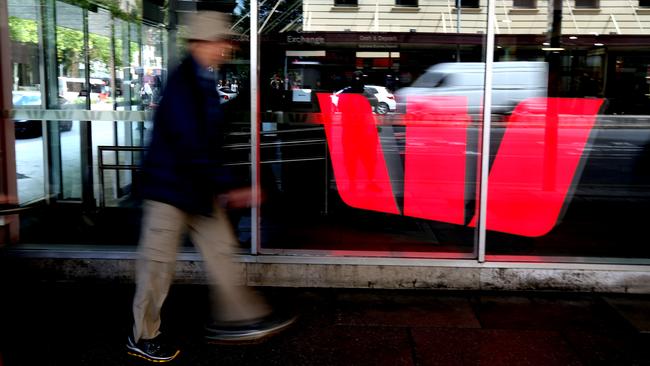Westpac slams New Zealand capital rule
Westpac has attacked the proposed capital reforms in New Zealand for their potential to curb loan writing in that market.

Westpac has attacked proposed capital reforms in New Zealand for their potential to curb loan writing in that market, as it labelled the central bank’s analysis “materially incomplete and flawed”.
In a submission to the Reserve Bank of New Zealand, Westpac did not hold back as it said it would need to raise an additional $NZ6.5 billion ($6.15bn) in common-equity tier-one capital to meet the proposed rules and fund growth over a five-year transition period.
Westpac forecast all of New Zealand’s banks would require more than $NZ25bn in additional capital “to meet current lending”.
Banking analysts have said Australian parent banks would probably look at either raising capital or shifting it from this market to top up levels in New Zealand and meet the requirements. The banking regulator here would need to sign off on the latter, depending on several factors including a bank’s surplus capital.
But Westpac deems the measures as overly conservative and its submission cited PwC research to benchmark New Zealand’s proposals against other markets.
“The proposals would require New Zealand banks to hold in excess of double the capital held by international banks, and almost double that held by major Australian banks,” the submission said.
Among its proposals, New Zealand wants the common-equity tier-one requirement for large banks to increase to 16 per cent, from 8.5 per cent currently.
Westpac says that change, coupled with other measures, will raise the cost of a home loan for NZ borrowers and run the risk of banks curtailing lending there.
“The economic consequences could therefore be much worse than a rise in interest rates. If the large New Zealand banks cannot obtain sufficient additional capital, they will be forced to reduce RWA (risk weighted assets), by reducing lending,” the submission said. “Such lending restrictions cannot easily be replaced by other market participants.”
But former New Zealand prime minister Bill English did not buy that argument when he was asked about the capital reforms at a conference this week, suggesting the Australian banks were calling NZ’s bluff.
“So far, for all the bluster over the last 15 years no Australian bank has taken its capital away, so what does that tell me? Don’t believe what they say. Watch what they do,” Mr English said. “All you can do is gradually push that boundary back from the assumption — which is deep-seated in Australia — that the sovereign guarantees the banking system.”
Australia’s banks account for about 88 per cent of New Zealand’s banking assets, making the proposed reforms a key focus this year as the RBNZ formulates its final position.
Westpac argues that the RBNZ proposal, which looks to avoid a one-in-200-year event, does not stack up. The lender’s analysis says the planned lift in capital equates more closely to a crisis occurring once in about 400 years.
Westpac also points to the “cumulative imposition” of the regulatory capital changes that will increase the loan cost to NZ borrowers by about 1 percentage point, or about $NZ6000 a year for an average-sized mortgage.
The lender also accuses the RBNZ of not considering that the Australian parent entity would support its NZ unit in the event of a crisis. Westpac’s alternate proposal for the RBNZ includes that it opt to use total capital rather than common-equity tier-one as the key metric for measuring how well a bank is capitalised.
In Australia, the banking regulator wants banks to have an “unquestionably strong” level of common-equity tier-one capital of at least 10.5 per cent by 2020.
The RBNZ’s next step is to collate submissions and provide a summary in June, followed by an announcement by November 30. Implementation is scheduled to occur over five years.
A separate disclosure by Westpac showed its NZ division had common-equity tier-one capital of $NZ6.3bn and total capital of $NZ8.9bn as at March 31.



